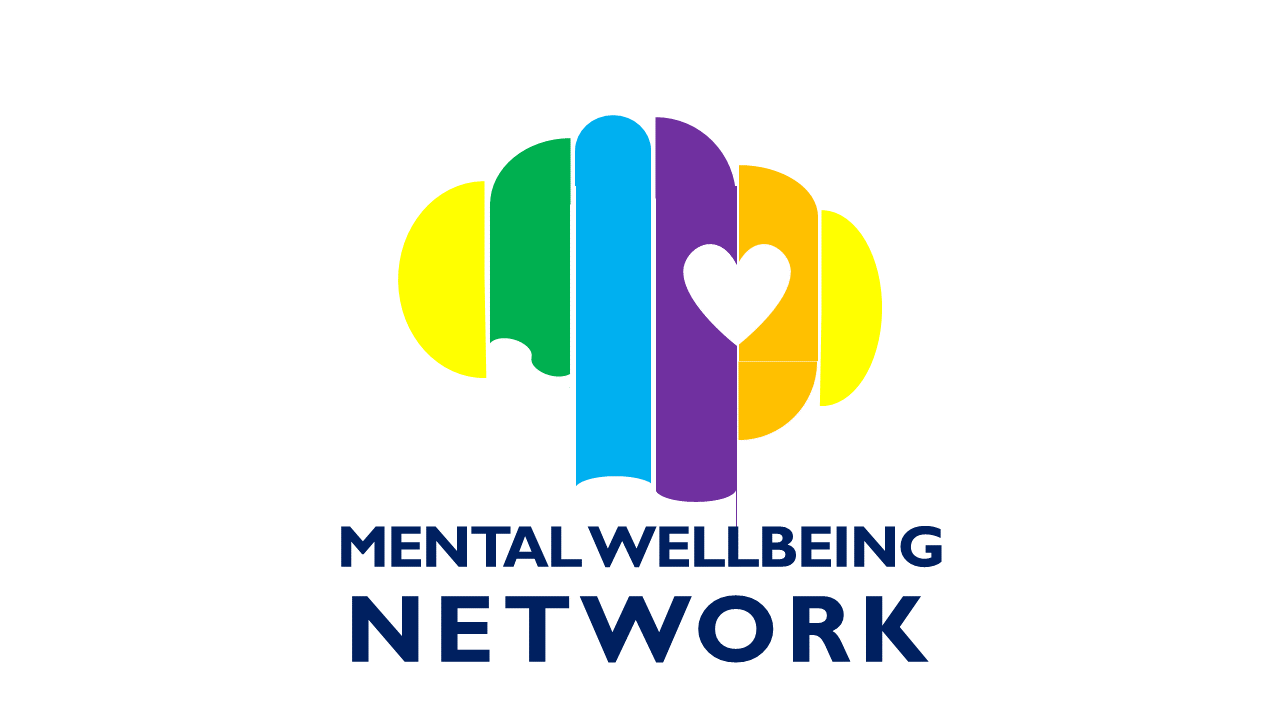Historically, dreams have always revealed different truths to people. Psychics believe it could be your body connecting to the spiritual world. Some religions believe dreams are foreshadowing an event occurring. Early psychologists such as Sigmund Freud believed dreams were expressions of our mind’s deep desires, fears and thoughts. But, what do they mean? You could have your own idea based on your experiences. However, what are scientists’ opinions on dreaming? We don’t fully understand why we have dreams, but there are some researchers who have made some interesting insights on why we dream.
When do we experience dreams
Dreaming is very common; the average adult will dream four to six times per night. This could mean you spend two hours dreaming each night. During sleep, you have two different phases. REM (Rapid eye movement) and non-REM. We start off in non-REM sleep, but usually after 90 minutes we enter REM. Additionally, during REM our eyes begin to move very frequently, we get a higher heart rate and our brain becomes more active. You also experience a loss in muscle tone to prevent you from moving your body while you’re asleep.
REM is important as it has very strong ties to our dream state. It is usually where you will experience more vivid dreaming compared to non-REM sleep. Researchers found that REM dreams had more of a story like description and were seen as longer than non-REM dreams, which were vaguer and less vivid. Another study found people who woke up during REM sleep remembered up to 74%-80% of their dreams, compared to 7%-9% in non-REM. This could provide an explanation as to why we can remember some dreams well, while forgetting others as soon as we wake up. REM and non-REM lets us understand when we are experiencing very realistic dreams compared to more vague dreams.
Psychodynamic theory
Freud is considered to be one of the most influential psychologists. With his theories on the psyche and unconscious, he helped redefine how we understand psychology. Although not all of his ideas have aged as well, he had some interesting theories on dreams. Freud believed that our dreams were a product of our unconscious, showing us repressed desires. This would mean, our dream works in a cathartic way to fulfil needs that we can’t always have. Freud also believed that a lot of our dreams have sexual implications, where different objects can be sex symbols. In order to understand our dreams, Freud thought we need to have a therapist analyse our dreams for us.
What can modern research say about Freud’s ideas? Dream rebound theory implies that some of his ideas may still be relevant. The study had people write down their thoughts whilst suppressing their thoughts on a target person. Consequently, reports found that the target who was repressed was more likely to appear within their dreams. Similar to what Freud argued, this could mean dreams are expressions of repressed thoughts and emotions.
Preparation for threats
Like dream rebounds, threat simulation theory shows us how dreams can be influenced by our environment and thoughts. Especially if you’re dealing with trauma or high amounts of stress. Researchers had looked at traumatized Kurdish children and compared them to non-traumatized Finnish children. The results had found higher reports in threatening dream events in the traumatized children than their counterparts. This shows us how feeling more distressed can make us experience more nightmares/bad dreams. Furthermore, another study had similar findings. After surveying medical students, they found the majority of them had suffered with an exam related nightmare. This would include waking up too late to complete the test or not being able to find their exam hall. Both studies support threat simulation theory. The theory proposes that we experience dreams to prepare us for negative experiences. We can see this in both studies as the distressed children were more likely to have nightmares and the medical students experienced bad dreams in relation to their exams. Perhaps we can see dreams as a way of our brains preparing us for the worst outcome.
Memory Aid
One argument suggests dreaming helps us solidify memories and learn new information better. There is multiple evidence to show that we learn information after dreaming. For instance, one study found that dreaming let our brain form connections with new information and older memories. This was done by having them complete a maze puzzle. One group had to remain awake and study the maze, while another group were allowed to have naps. The results found that those who had slept outperformed their counterparts. Additionally, they were nearly six times better than them. We don’t completely understand this, but there have been two separate theories that support this idea. Continuity theory and Discontinuity theory.
Continuity theory suggests that our dreams are reflections of our day-to-day lives. They capture our interactions and concerns about life, but are just fragmented. Our dreams will usually be similar to our normal lives, but will differ slightly. This could be a way for our brain to reinforce the memory of our experiences. On the other hand, discontinuity theory suggests that our dreams, especially REM dreams, are inherently bizarre and can be loosely connected memories put into a narrative. As a result, it can help us with memory.
Other explanations
As we have seen, dreams can have a variety of different functions. We know that there is a lot of research to infer that dreams can help aid our memory, yet it isn’t clear how. Because of this, we can see dreams as a way for our brains to regulate our memory, emotion and cognition. Even so, there are studies that argue dreams are a product of brain activation and have no true purpose or function. Through this, dreaming could be seen as an evolutionary by product that has occurred, and we apply value to it because it usually has a narrative. Observers came to this conclusion because of the similarities between daydreaming and dreaming. Despite this, dreams appear to have different functions for each individual, for many it has provided insights that the person may have never considered.



